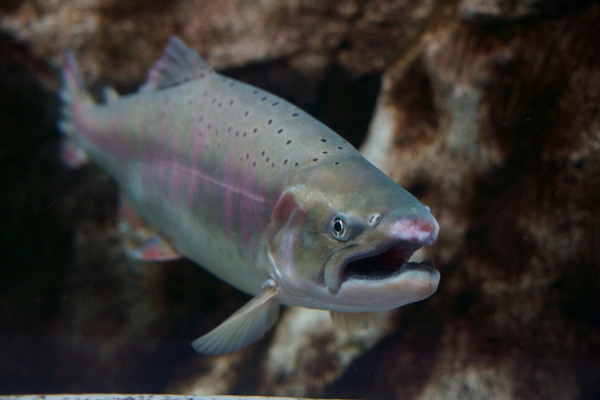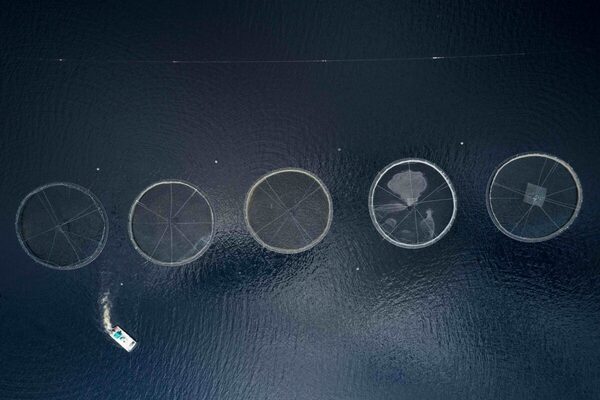Traffic jam
Norway has its “traffic light system” (TLS) as a form of aquaculture regulation related to the number of sea lice estimated to be on farm. The regulators believe, based on the views of expert scientists, that the sea lice load on a salmon farm has a direct impact on the state of wild fish stocks. Thus if sea lice levels on farms can be kept to the lowest possible number, then stocks of wild salmon and sea trout will thrive.

Salmon farm, Guaitecas, Chile
Hygiene Operator (Day shift 2-2-3 pattern) - Mowi Scotland
RosythSalary On Application
Quality Technician - Mowi Scotland
RosythSalary On Application
Salmon High Care Trimming Line Operator (Shift 2-2-3 Pattern) - Mowi Scotland
RosythSalary On Application
Deckhand (Ailsa Craig) - Mowi Scotland
Argyll & Bute£28,258 to £31,648 per annum
Farm Technician (Colonsay) - Mowi Scotland
Argyll & Bute£28,258 to £31,648 per annum




